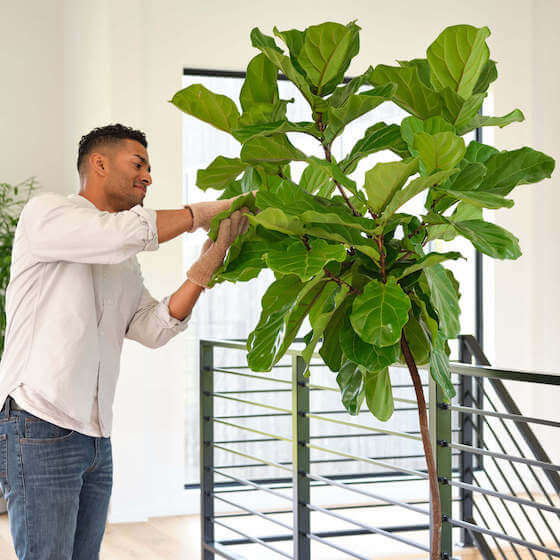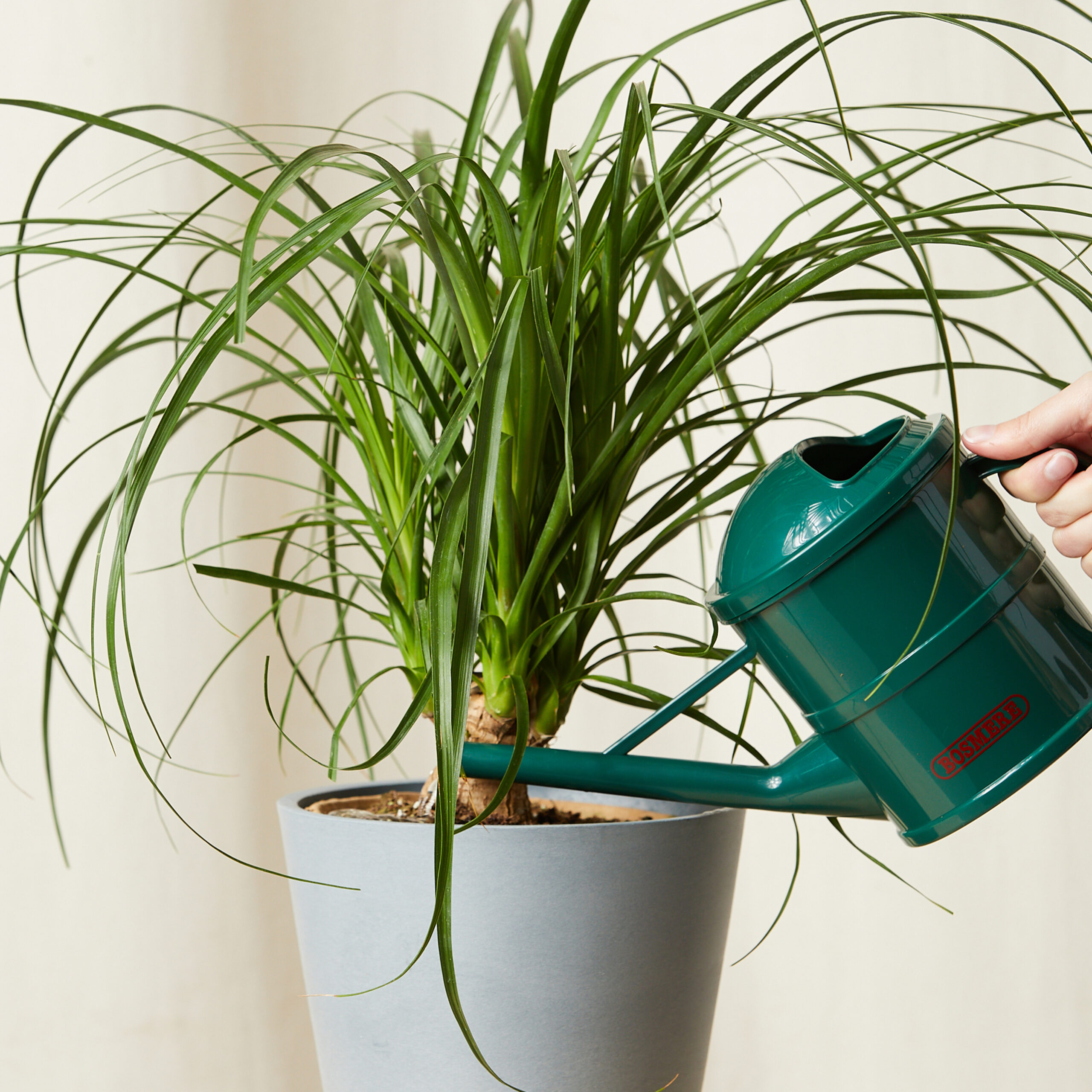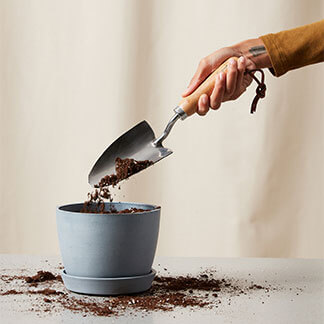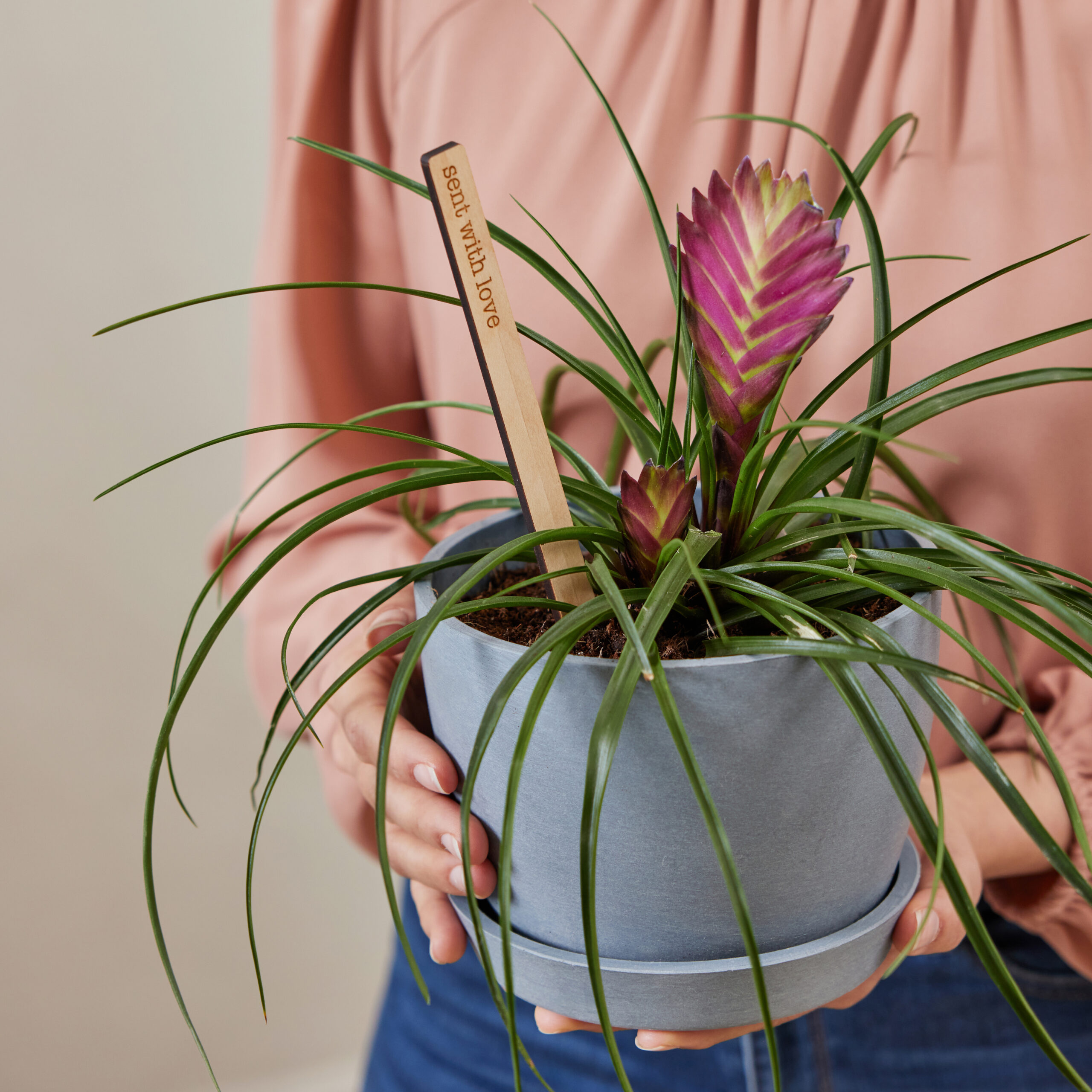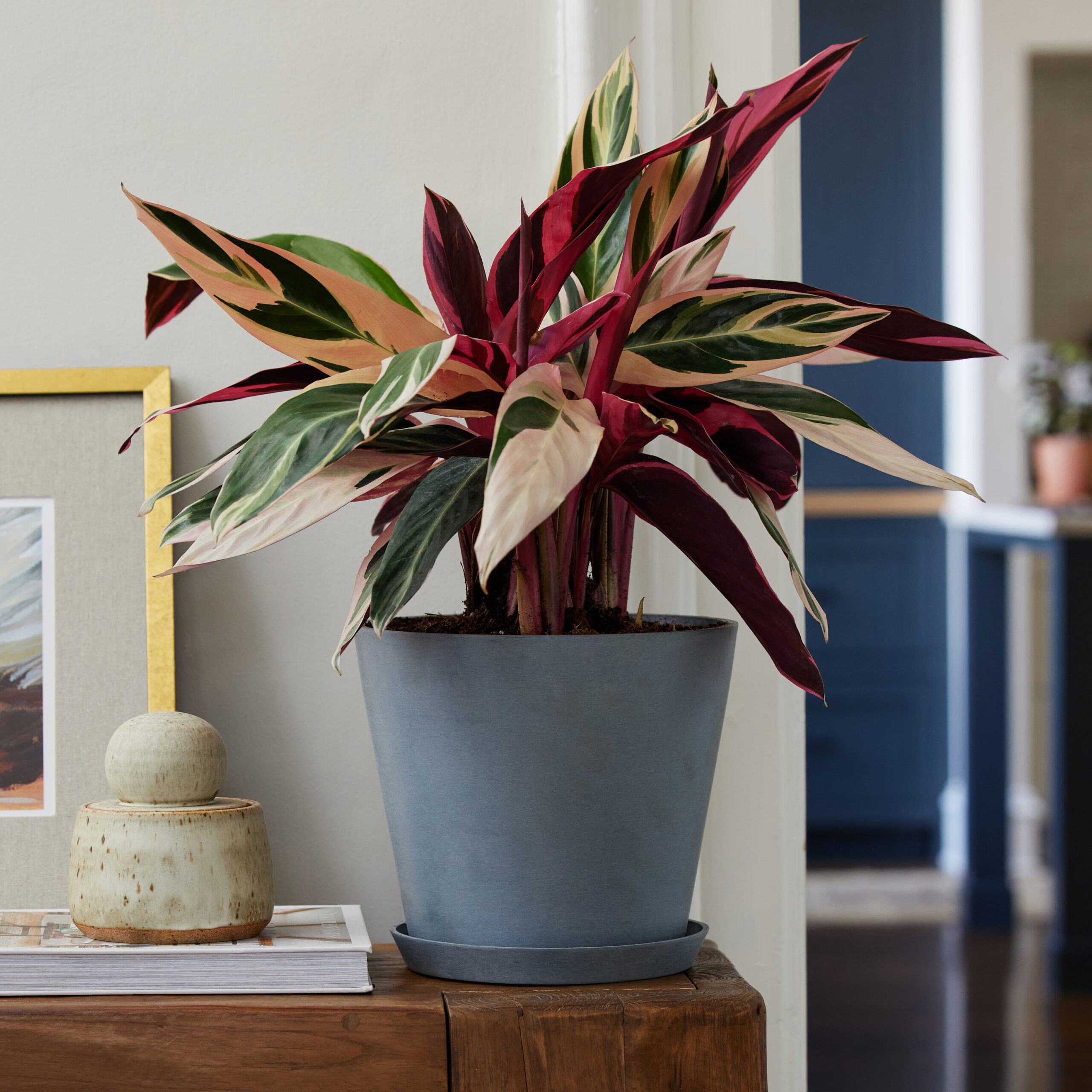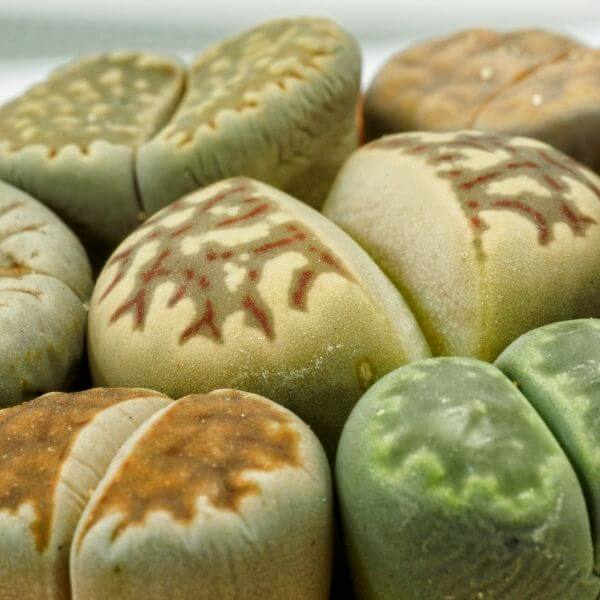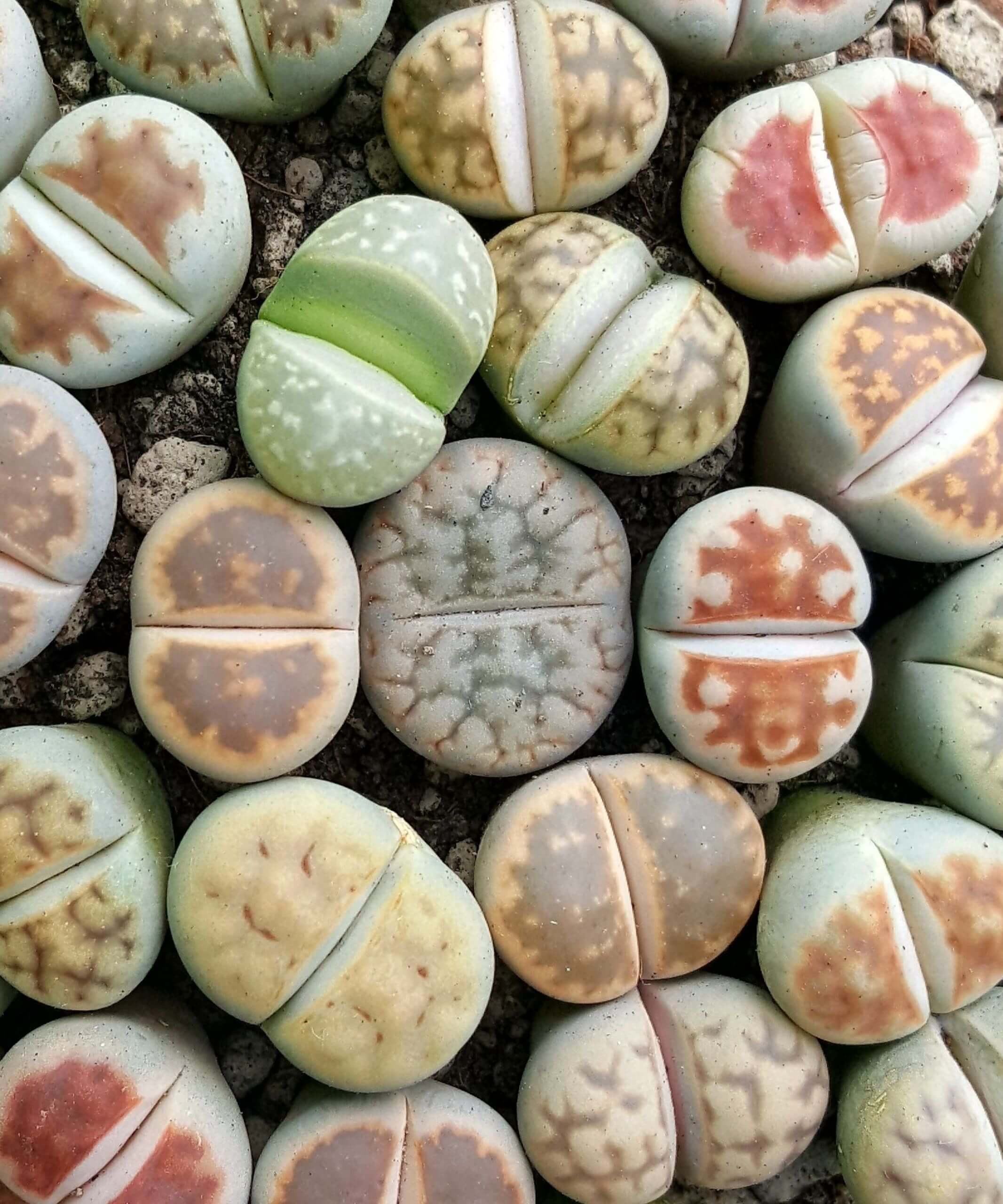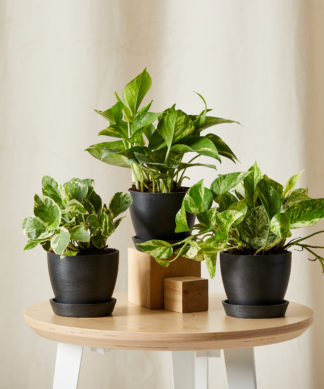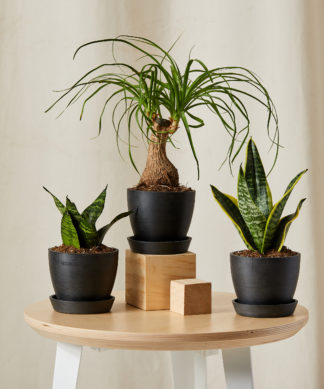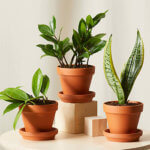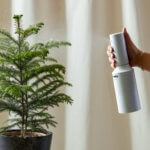How to care for your Lithops
Use these instructions to care for a Lithops. This guide will tell you how to water a Lithops; its light, temperature, humidity preferences and any additional care it might need to help it grow.
Lithops
Lithops love to perch on a window sill or in a spot that receives plenty of direct sunlight. A south-facing window is the best option for your Lithops, but if needed, you can place it near an east-facing window or supplement with a grow light as long as the direct exposure stays consistent for at least 6 hours.
Considering its capacity for storing water, you won’t have to water your Lithops very often. In fact, you’ll need to make sure to allow the soil to dry out completely. Also, if your plant shrivels or shrinks slightly, then you can water it until the excess liquid drains from the bottom of the pot. Be careful about overwatering since its roots are prone to rotting.
Your Lithops would find a dry environment to be the most comfortable. So your average household humidity level would be fine for your plant.
Lithops thrive in averable household temperatures between 50℉ to 80℉. Overall, your plant loves warmth as long as it has plenty of fresh air.
Fertilizing your Lithops just once a year is the best choice since they’re accustomed to sandy soil with little nutrients. As their growing season starts, you can give your Lithops a small dose of diluted fertilizer made especially for succulents.
Lithops are non-toxic to humans and pets.
Lithops are very susceptible to rot if watered improperly. Always err on the side of underwatering, and water the soil surface only or use the bottom-watering method since watering the plant itself can cause rot.
